Introduction
Pastel abstract art blends soft hues and imaginative expression. It’s unique, soothing, and versatile. This form of art emphasizes colors, shapes, and compositions over realism. By using pastel tones, artists create subtle yet captivating works. The softness of shades provides a tranquil and emotional appeal. Now, let’s dive deeper into its meaning and origins.
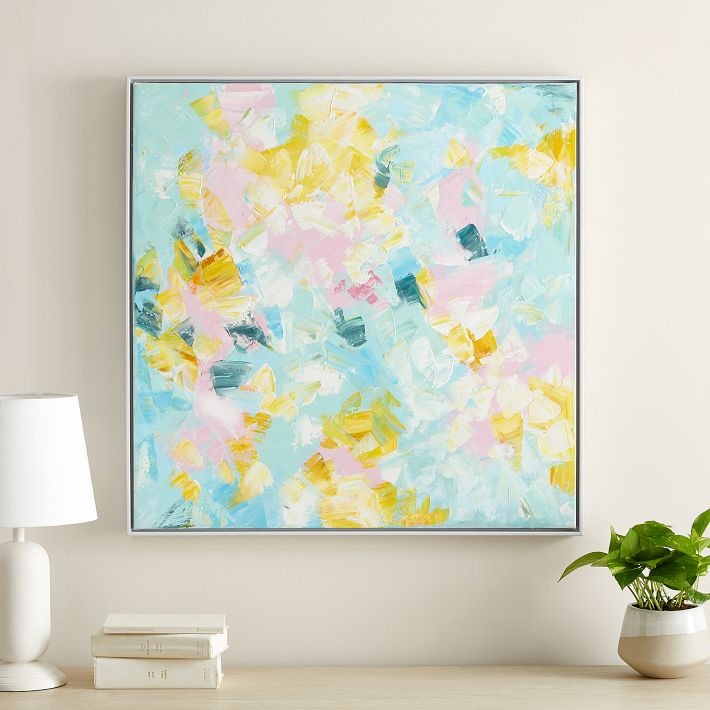
What is Pastel Abstract Art?
Pastel abstract art uses pale and muted colors to create imaginative designs. It doesn’t mimic reality but conveys emotions or ideas. Shapes, textures, and patterns play a key role. These artworks often lack defined figures and are open to interpretation. The pastel color palette helps evoke calm and tenderness. Artists experiment with strokes and layering to bring life to their creations. Viewers are inspired to feel and think rather than see familiar images.
Historical Evolution
Pastel art has roots in the Renaissance but evolved over centuries. In the 20th century, abstract art flourished as artists abandoned realism. They embraced emotions, shapes, and ideas instead of objects. Pastel abstract art blended these principles with soft color schemes. Famous abstract movements, like Cubism and Surrealism, influenced this style. Today, pastel abstract art continues to reflect modern aesthetics and creative freedom.
Key Features
Pastel abstract art stands out for its use of gentle shades and experimental designs. Its features blend creativity, emotion, and aesthetic value, offering a unique visual experience for art lovers.
Color Palette and Soft Hues
The color palette in pastel abstract art focuses on delicate, muted tones. Artists use soft shades like pale blue, pink, lavender, and beige. These hues create a calming effect and evoke subtle emotions. Tonal transitions are smooth, enhancing the artwork’s tender appeal. Pastel colors also allow light and shadow to interact gently, adding depth without harsh contrasts.
Artists often pair complementary colors to generate harmony. Soft hues set the mood, helping to communicate feelings of tranquility or introspection. The lightness of pastel tones invites viewers to connect emotionally with the artwork as they explore its layers.
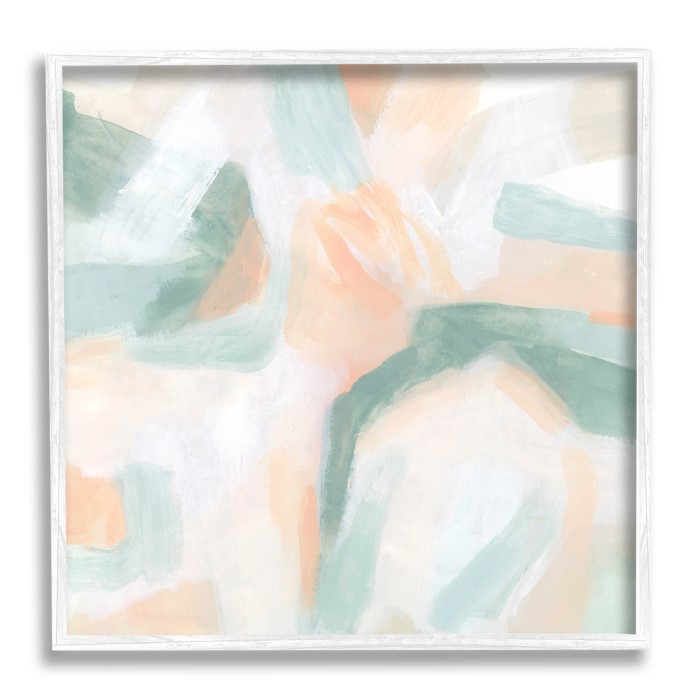
Texture and Techniques
Texture is crucial in pastel abstract art as it adds dimension and intrigue. Artists experiment with brush strokes, smudging, and layering techniques. These methods ensure each piece is unique and full of character. Textures can range from smooth blends to rough, dynamic patterns.
One common technique is layering colors subtly to create depth and richness. Artists might use sponges, palette knives, or brushes to form textures. Interplay between light and textured surfaces enhances the pastel tones, making them visually captivating.
The versatility of techniques allows artists to communicate their ideas effectively. Whether soft or bold, textures in pastel abstract art draw viewers in and stir imagination.
The Emotional Impact
Pastel abstract art is not just visually appealing; it deeply affects emotional responses. The combination of soft hues and abstract shapes stimulates feelings and introspection. This art style connects viewers to their inner emotions while evoking a serene ambiance.
How Colors Influence Emotions
Colors in pastel abstract art play a powerful role in shaping emotions. Soft shades like pale blue or pink relax the mind. Lavender and beige evoke a sense of peace and calm. Muted tones trigger feelings of tenderness or nostalgia.
Artists deliberately choose pastel colors to communicate specific moods. Cooler tones inspire tranquility, while warmer hues evoke comfort. The gentleness of pastel palettes allows viewers to experience deeper emotional resonance. Subtle transitions between colors also amplify emotional depth.
Psychological Effects of Abstract Designs
Abstract designs in pastel art have unique psychological impacts. Without defined figures, the mind explores the art freely. This openness encourages imaginative thinking and deep interpretation.
The absence of realism lets viewers focus on emotional elements. Shapes and patterns stir curiosity and evoke personal connections. Energetic compositions may boost creativity, while harmonious designs encourage relaxation.
Together, pastel and abstraction create a soothing visual experience. The interplay between colors and imaginative forms fosters self-reflection. Viewers often feel uplifted or inspired after engaging with pastel abstract art.
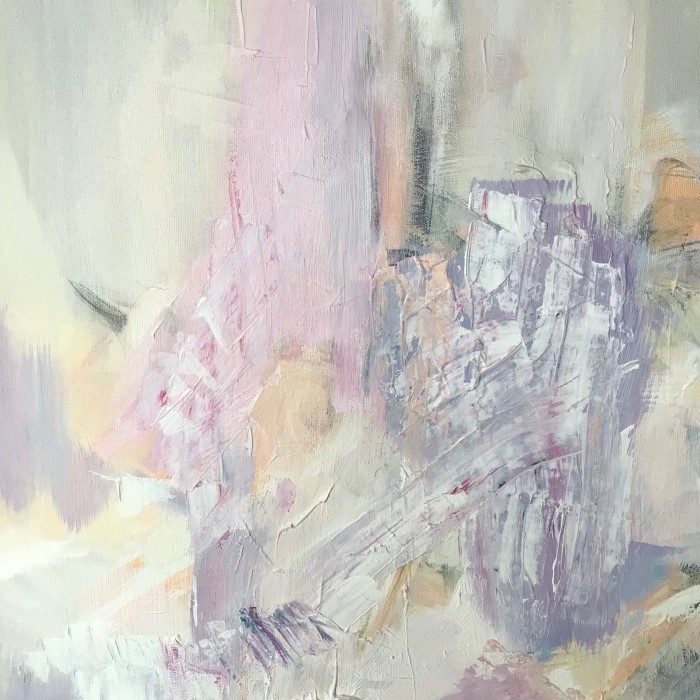
Techniques for Creating Pastel Abstract Art
Creating pastel abstract art involves specific tools and innovative techniques. Artists use these methods to enhance the depth, texture, and emotional appeal of their creations. Let’s explore the essential materials and techniques that bring such art to life.
Popular Tools and Materials
To craft pastel abstract art, artists rely on various tools and high-quality materials:
- Soft Pastels: These are the primary medium. They offer vibrant colors and soft textures.
- Hard Pastels: These provide better control for finer details and crisper lines.
- Pastel Pencils: Ideal for adding intricate patterns and precise designs.
- Blending Tools: Artists use blending stumps, sponges, or fingers to smooth colors seamlessly.
- Textured Paper: Specialized pastel paper with a rough surface holds the pigment effectively.
- Fixative Sprays: Used to protect the artwork and prevent smudging over time.
Each tool adds uniqueness to the artwork. The choice of materials depends on the artist’s vision and desired effects.
Blending and Layering Techniques
Blending and layering are crucial steps in pastel abstract art. They add depth, dimension, and a smooth transition between colors. Key techniques include:
- Soft Blending: Artists use fingertips, sponges, or blending tools to create smooth transitions between pastel shades.
- Layering Colors: Multiple layers of pastels are applied to build texture and add richness to the artwork.
- Cross-Hatching: Lines are layered in different directions to create texture and depth.
- Smudging: Gentle smudging merges colors for a soft, dreamy effect.
- Edge Definition: Artists often leave some sharp edges for contrast and balance.
These techniques emphasize creativity and experimentation. Blending pastel colors harmoniously conveys emotions and enhances the visual appeal of abstract designs. With practice, artists master these techniques to produce captivating pastel abstract art.
Famous Artists and Their Contributions
Iconic Works and Artists in Pastel Abstract Art
Pastel abstract art has been shaped by many influential artists. Each has brought unique perspectives. Their works inspire creativity and emotion, showcasing the potential of pastel tones in art.
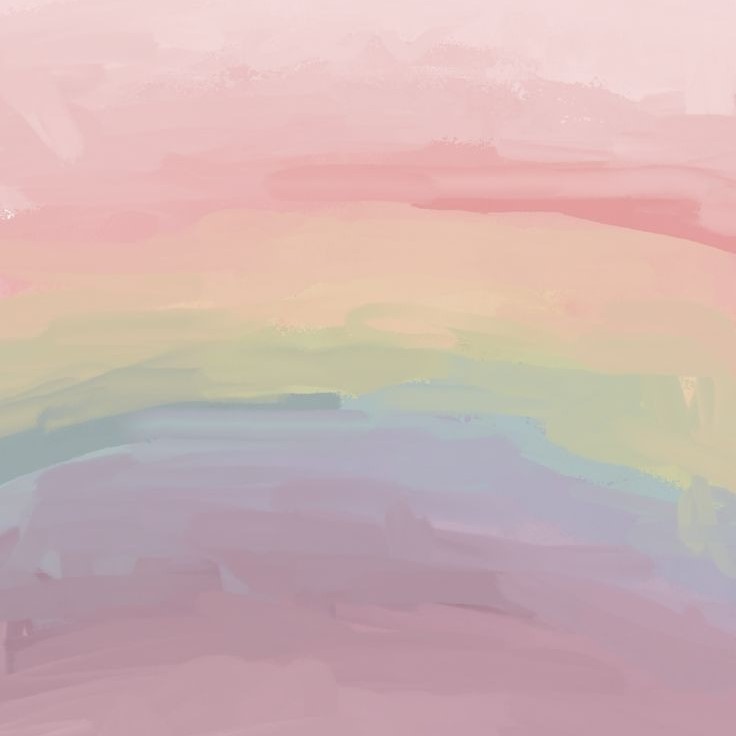
Wassily Kandinsky
- Father of Abstract Art: Wassily Kandinsky is often hailed as one of the pioneering figures of abstract art. His groundbreaking work laid the foundation for future artists to explore abstraction without direct representation of the physical world.
- Influence of Color Theory: Kandinsky’s exploration of color theory had a profound impact on how colors are perceived and utilized in artwork. He believed that colors evoke specific emotions and can create a connection with the viewer beyond the visual.
- Bright Colors and Compositional Innovations: While he predominantly worked with bright, vibrant colors, his innovative approaches to composition allowed for a complex interplay of shapes and forms. This experimentation with structure opened new possibilities for artists focusing on pastel designs in abstract art.
- Shaping Modern Pastel Abstract Art: Kandinsky’s influence is evident in modern pastel abstract art, where artists incorporate his principles of color dynamics and emotional expression. His legacy encourages the use of softer tones in a way that resonates emotionally with viewers.
Georgia O’Keeffe
- Delicate Use of Pastel Shades: Georgia O’Keeffe is renowned for her delicate and masterful application of pastel shades in her artworks. Her ability to blend these soft colors results in soothing, harmonious compositions that captivate the observer.
- Blending Tones in Floral and Abstract Compositions: O’Keeffe’s work often focuses on flowers and abstract forms, where she seamlessly integrates pastel tones to enhance the emotional depth of the subject. Her blending techniques create a sense of fluidity and softness, which highlight the beauty of her themes.
- Testament to the Beauty of Soft Colors: Through her artistic approach, O’Keeffe demonstrates the aesthetic potential of soft colors within abstract contexts. Her ability to evoke feelings of tranquility and grace through pastels showcases their unique contribution to modern art.
Helen Frankenthaler
- Pioneer of Abstract Expressionism: Helen Frankenthaler is celebrated as a key figure in the Abstract Expressionism movement. Her innovative techniques and unique style have paved the way for future generations of artists.
- Gentle Pastel Colors in Soak-Stain Technique: She developed the soak-stain technique, where she applied diluted paint to unprimed canvas. This method allows the color to seep into the fabric, producing soft, ethereal images characterized by gentle pastel hues.
- Combining Abstraction with Emotional Rhythm: Frankenthaler’s artworks often feature a subtle emotional rhythm that resonates with viewers. Her use of pastel colors enhances the emotional depth of her abstract pieces, inviting contemplation and personal connection to the art.
Mary Cassatt
- Association with Impressionism: Although primarily known for her contributions to Impressionism, Mary Cassatt’s work also includes notable uses of pastels. Her portraits and depictions of domestic life shine through her delicate Pastel pieces.
- Portraits and Abstracted Domestic Scenes: Cassatt skillfully integrated pastel techniques into her portraits and scenes of everyday life, rendering them with a soft touch and emotional intensity. This creative approach softened the often hard-edged narratives of the subjects she portrayed.
- Elevating the Medium’s Status in Modern Art: By incorporating pastel into her work, Cassatt not only showcased her artistic mastery but also elevated the medium’s status in the realm of modern art. Her innovative use of pastels has inspired artists to explore the emotional and aesthetic possibilities that pastel shades can provide.
Their contributions set a foundation for today’s pastel abstract artists. By mastering soft hues, they preserved the style’s emotional appeal.
Modern Influences and Trends
Contemporary pastel abstract art continues expanding through modern innovations. New artists and trends redefine the style while staying true to its essence.
- Digital Pastel Art: Technology enables artists to create pastel-like works digitally. This medium offers endless flexibility.
- Sustainability Movements: Many artists now explore eco-friendly pastel materials. This aligns with the push for sustainable art practices.
- Fusion with Other Styles: Some artists merge pastel abstract art with minimalism or surrealism for fresh interpretations.
- Increased Accessibility: Online platforms have made discovering and purchasing pastel art simpler than ever. This has broadened its audience.
These modern influences keep pastel abstract art relevant and innovative. Artists continue to find new ways to connect emotionally through this delicate medium.
Where to Find Pastel Abstract Art
Finding pastel abstract art is easier than ever thanks to diverse options. Art enthusiasts can explore galleries or online platforms. Each source offers distinct advantages for discovering this creative style.
Galleries and Online Platforms
Art Galleries: Local galleries showcase pastel abstract art in curated exhibitions. They allow you to see textures and colors up close. Visiting galleries also lets you interact with artists and learn about their techniques. Reputable galleries often feature exclusive works, providing authentic and high-quality art pieces.
Online Platforms: Websites and online art stores make pastel abstract art accessible globally. Platforms like Etsy and Saatchi Art offer wide selections from established and emerging artists. Virtual galleries enable browsing by styles, sizes, and budgets. Online purchases are convenient and often customizable to fit into your living space.
Social Media: Many artists use Instagram, Pinterest, or Facebook to promote their pastel abstract creations. Following them provides direct access to unique styles. You can also connect with them personally or commission custom art.
Tips for Choosing Art for Your Space
Consider Your Style: Identify decor themes like modern, minimalist, or bohemian. Choose art that complements them.
Evaluate Dimensions: Ensure the size fits the space without overwhelming it. Large pieces suit expansive walls, while smaller ones work well in cozy areas.
Focus on Color Harmony: Select pastel abstract art with colors matching or enhancing your room’s palette.
Opt for Emotional Appeal: Choose pieces that evoke feelings aligned with your room’s purpose. Pick tranquil designs for bedrooms or energizing abstracts for living spaces.
Assess Quality: Look for sturdy frames, durable materials, and proper finishes to ensure lasting beauty.
Support Emerging Artists: Purchasing from new artists fosters creativity while offering unique and affordable options.
By exploring galleries and online platforms with these tips in mind, you can find pastel abstract art to transform any space.
Incorporating Pastel Art in Interior Design
Pastel abstract art adds elegance and emotion to interior design. Its soft hues and dynamic textures create harmony. This art style works well in modern, traditional, or eclectic spaces. Let’s explore how to integrate it effectively.
Complementing Various Decor Styles
Pastel abstract art adapts to diverse interior designs. Its versatility enhances many aesthetics:
- Modern Spaces: Minimalist decors pair beautifully with abstract art’s clean lines and muted colors. The simplicity of pastels complements sleek furniture and neutral walls.
- Bohemian Interiors: In eclectic, boho-themed rooms, pastel art blends with vibrant rugs and layered textures. The soft hues create balance amidst bold patterns.
- Traditional Homes: Pastel abstract pieces offer a contemporary touch. When placed in classic settings, they modernize the space while preserving its warmth.
- Industrial Styles: In rooms with metal or raw wood elements, pastel abstract art softens the overall decor. The smooth textures add contrast and sophistication.
Carefully select art sizes to suit the room. Larger pieces dominate feature walls, while smaller works fit cozy spaces. Coordinating colors with furniture, curtains, or accessories ensures a cohesive look.
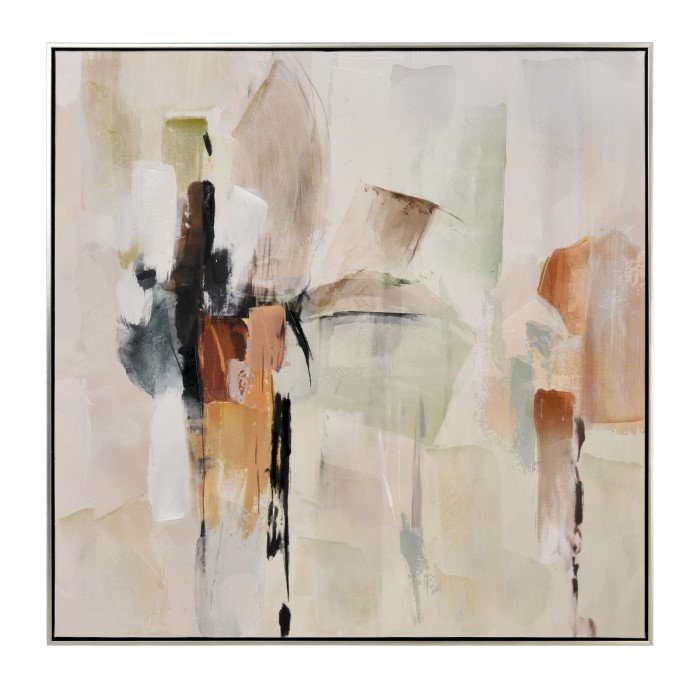
Pastel Art for Mood Enhancement
Pastel abstract art influences emotions through its calming palette and fluid designs. Thoughtfully placed pieces can uplift the mood of your living space:
- Tranquil Bedrooms: Use soothing pastel tones like lavender or pale blue to promote restful sleep.
- Energized Living Areas: Select dynamic compositions with pink or peach tones to inspire creativity and warmth.
- Focused Studies: Include soft abstract designs in muted greens to enhance concentration and tranquility.
- Welcoming Entryways: A cheerful pastel abstract work in soft yellows invites positivity and charm to any home.
When strategically displayed, pastel abstract art transforms spaces into emotionally engaging environments. It enhances not just aesthetics but also the ambiance of your home.